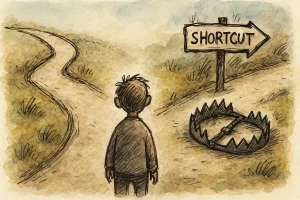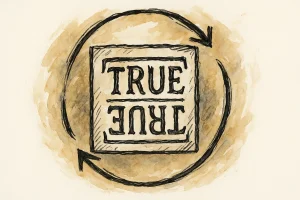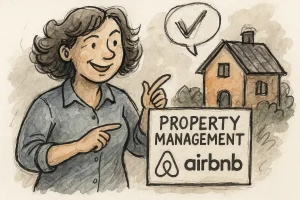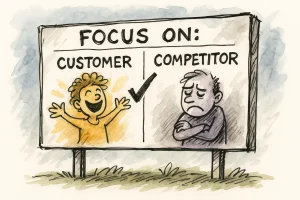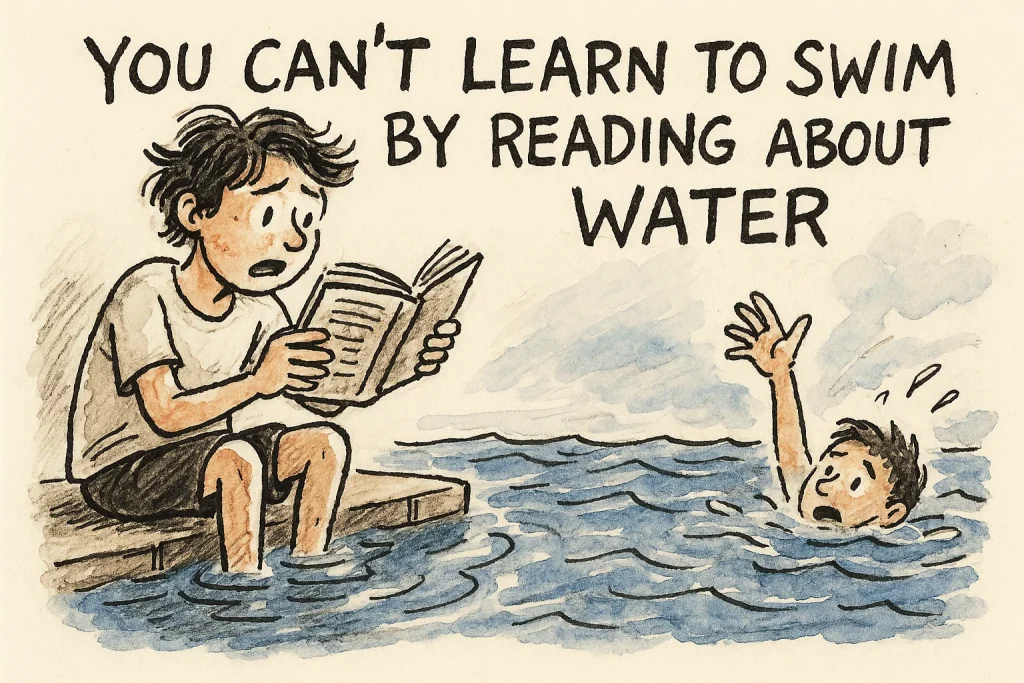
I heard this quote in a conversation and I fully agree.
Reading teaches many things, but it doesn’t teach you to float. The same logic applies to work, studies, or business: theory prepares, practice transforms. Between understanding a concept and knowing how to do it, there’s a gap that can only be crossed by getting into the pool.
Why Only Practice Changes the Game
- The body learns differently than the mind. Coordination, timing, rhythm, and decision-making come from repeated doing, not well-written paragraphs.
- Real context introduces variables. Noise, unexpected events, people, deadlines — none of this shows up the same way in books.
- Mistakes teach quickly. When you try, you get immediate feedback and adjust on the spot. In reading, mistakes remain hypothetical.
How This Shows Up in Daily Life
- Presentations: Tutorials help, but confidence comes from rehearsing aloud, adjusting pauses, and handling real questions.
- Sales: You can memorize arguments, but only interacting with clients reveals which pain points matter and how to overcome objections.
- Technology: Courses accelerate learning, but real projects reveal integration issues, rework, bad data, and tight deadlines.
- Languages: Grammar is the foundation; fluency comes from speaking, making mistakes, and reformulating in real time.
A Simple Method to Move from Paper to Practice
- Define a small, concrete deliverable. Instead of “learn design,” pick “redesign a website homepage in 7 days.”
- Set a short deadline. Windows of 7–14 days force focus and prevent perfectionism.
- Seek a real scenario. A friend as a client, a personal project, a company problem. Without consequences, practice becomes play.
- Collect feedback early. Show version 0.8 to a critical reviewer; adjust; publish.
- Record what you learned. Three lines: what worked, what got stuck, what you’ll do differently next cycle.
- Establish repetition. Five short sessions per week beat one monthly marathon.
What to Avoid
- Infinite preparation. Replacing action with more courses creates a sense of progress without results.
- Vague goals. “Improve marketing” invites distraction. “Close 5 new conversations per week” changes behavior.
- Fear of exposure. Shame of “not perfect yet” blocks the only path that polishes skills: publish, listen, and improve.
Practical 7-Day Plans
- Communication: Record a 2-minute video daily explaining a concept. On day 7, publish the best one and request comments.
- Sales: Make 10 contacts per day with a short script; record objections; adjust the message; repeat.
- Product/Service: Deliver a pilot to 5 users with a 4-question form. Use feedback for the next iteration.
- Leadership: Conduct 3 alignment conversations of 15 minutes each (fact, impact, next step). On Friday, measure deadlines and friction points.
How to Measure Progress Without Illusion
- Count deliverables, not hours studied.
- Conversion rate per attempt, not just volume.
- Cycle time (idea → delivery → feedback).
- Error recurrence. New mistakes signal progress; repeating old ones calls for process adjustment.
The Culture of Practice
If you lead a team, turn “we are studying” into practice rituals: biweekly demos, peer reviews, simple quality standards, and short delivery goals. Recognize those who test early, correct quickly, and share what they learned. Knowledge that doesn’t become a tool is decoration.
Three Phrases to Stay on Track
- “What is the smallest version that delivers value by Friday?”
- “Where is the real feedback we need to hear?”
- “What hurt today that we can remove from the process tomorrow?”
Why Does This Matter?
Because results come from application, not intention. Reading without doing builds fragile confidence; doing with a method builds skills that withstand pressure. Without practice, ideas don’t generate income, processes don’t improve, and teams don’t evolve. Between knowing and knowing how, there is an inevitable dive — and it’s in the water that life happens.
That’s it.

